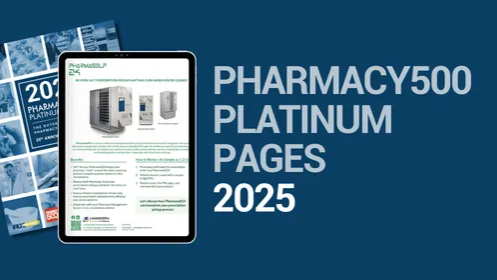
Leading Providers of Air Transfer Tube Systems, Pneumatic Tubes Companies, Delivery System Products, Pneumatic Transport Technology, Air Tube Systems, Transport Carriers

Pneumatic Air Tubes
From Wikipedia...
While they are commonly used for small parcels and documents - now most often used as cash carriers at banks, pharmacies, medical institutions, hospitals or supermarkets - they were originally proposed in the early 1800s for transport of heavy freight.
The technology is still used on a smaller scale. While its use for communicating information has been completely superseded by electronic systems, pneumatic tubes are still widely used for transporting small objects in healthcare, such as medical supplies, equipment, lab work and medications/drugs, or where convenience and speed in a local environment is useful.
In the United States, a large number of drive-up banks use pneumatic tubes to transport cash and documents between cars and tellers. Most hospitals have a computer-controlled pneumatic tube system to deliver drugs, documents and specimens to and from laboratories, pharmacy and nurses' stations. Many retail pharmacies use pneumatic airtubes to deliver convenient service (drive throughs) to patients who have difficulty picking up their prescriptions. Many factories use them to deliver parts quickly across large campuses. Many larger stores use systems to securely transport excess cash from checkout stands to back offices, and to send change back to cashiers.
Modern systems (for smaller, i.e. "normal" tube diameters as used in the transport of small capsules) reach speeds of around 7.5 m (25 ft) per second, though some historical systems already achieved speeds of 10 m (33 ft) per second. Further, modern systems can also be computer-controlled, allowing, among other things, the tracking of any specific capsule. Varying air pressures also allow capsules to brake slowly, removing the jarring arrival that used to characterize earlier systems and make them unsuitable for fragile contents.
Connect with thousands of pharmacy professionals throughout every practice setting.